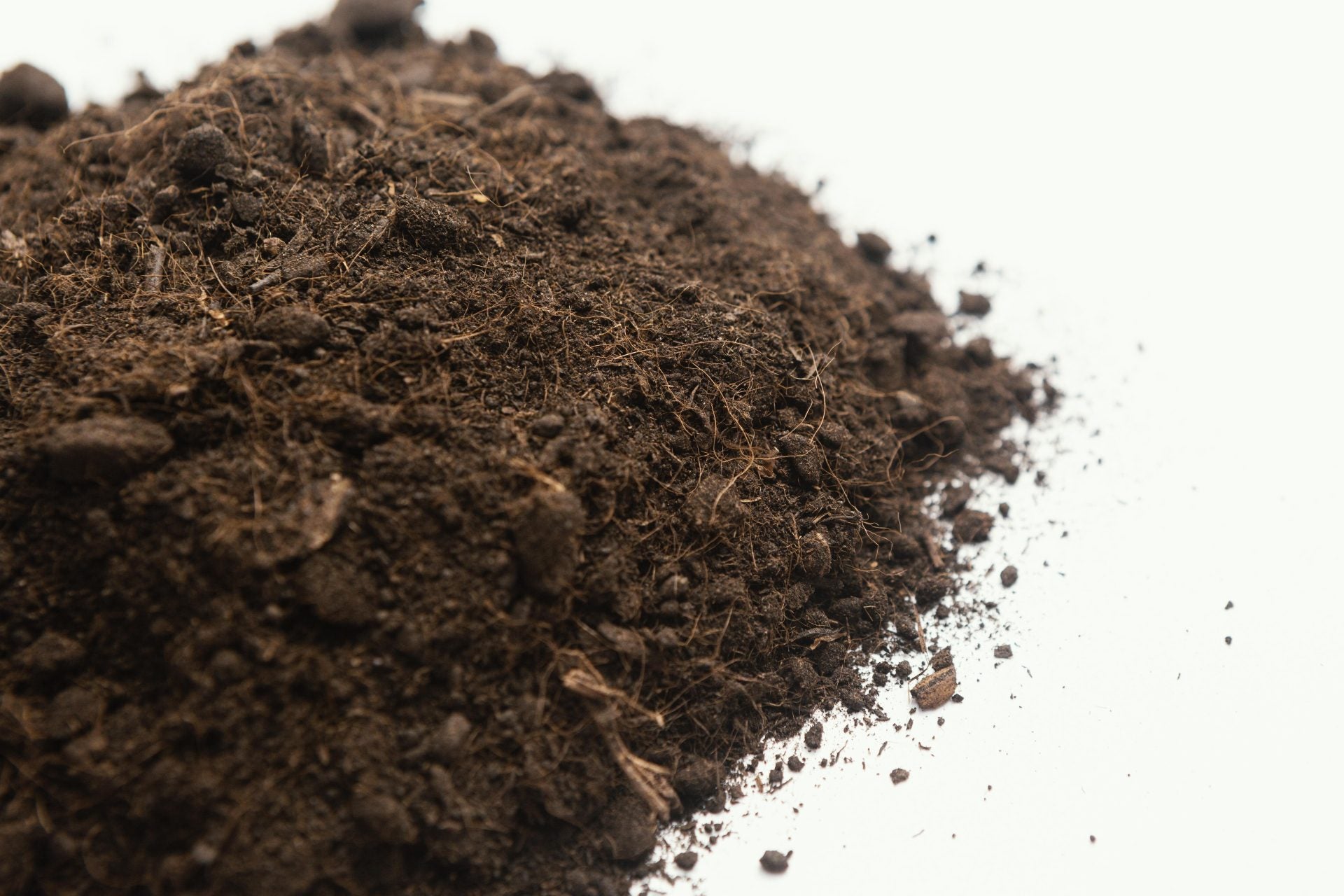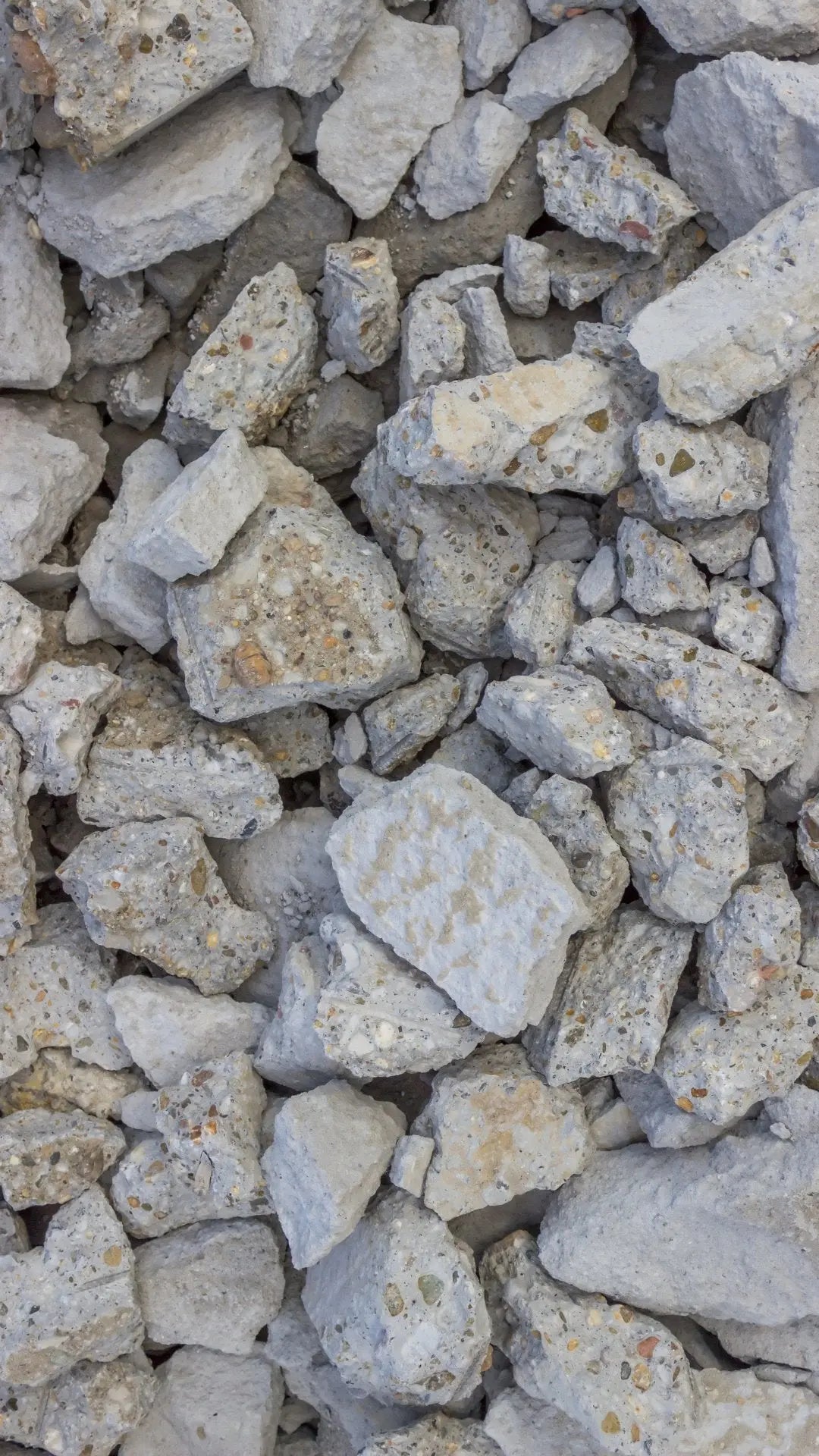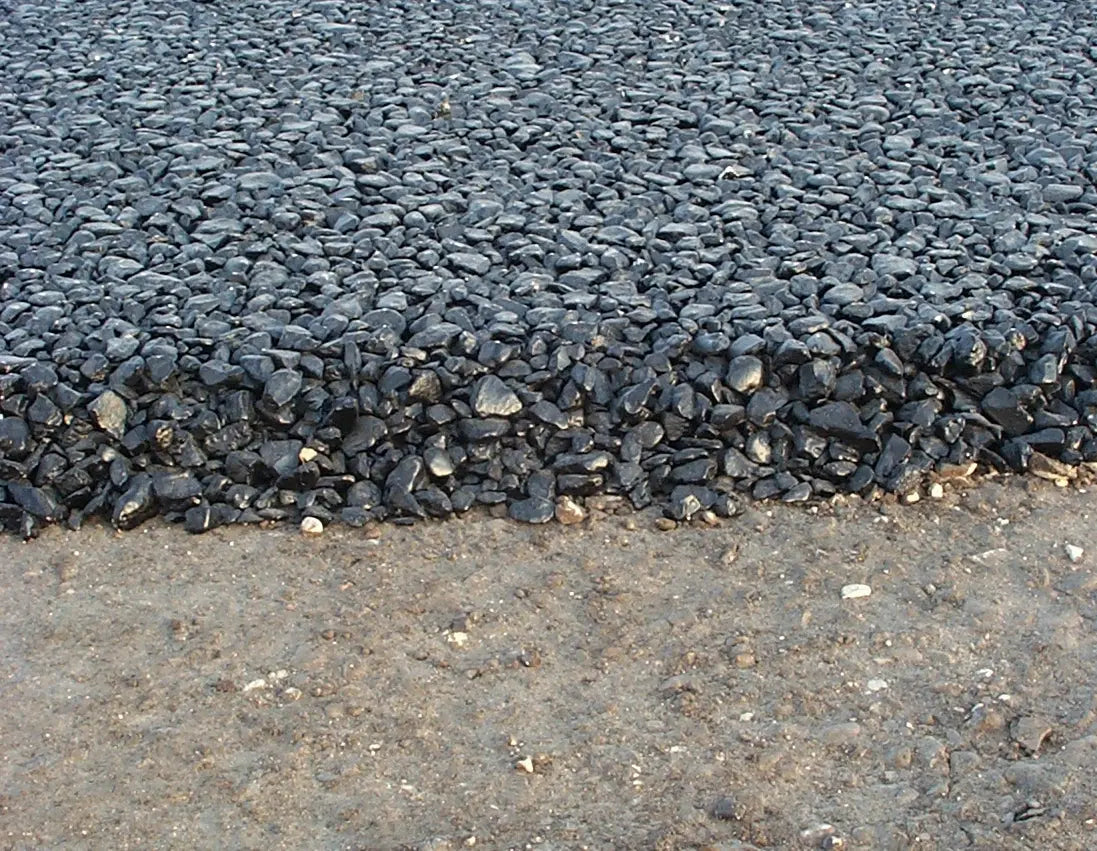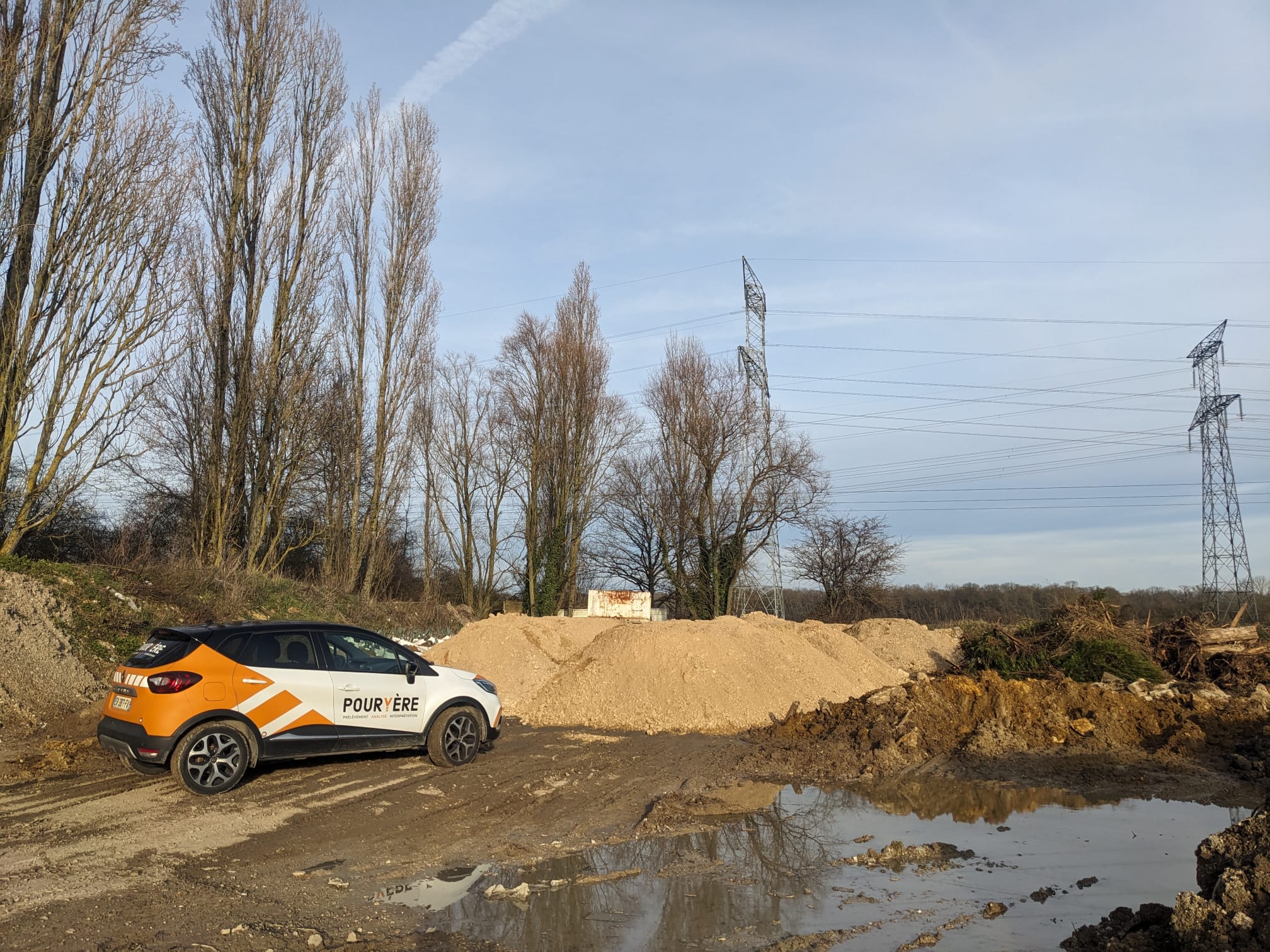
POLLUANTS DU SOL
DES CHANTIERS AUX PARTICULIERS
Responding to market needs.
Intervene in less than 24 hours, analyze soil pollutants in thelaboratory in 72 hours, write a complete report with interpretation of the results.
It is with this winning formula that Pouryère has established itself in the market for environmental analyses for professionals.
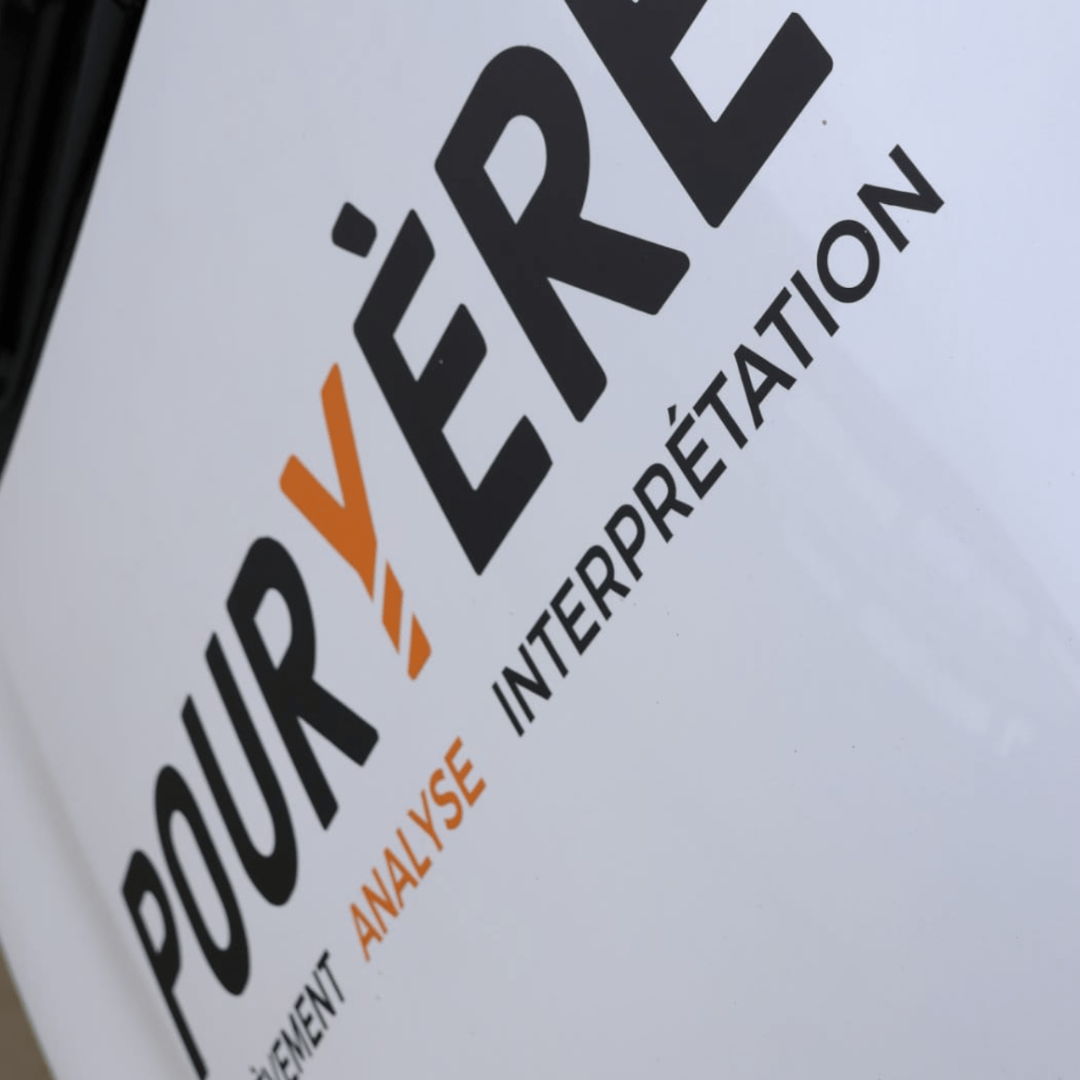
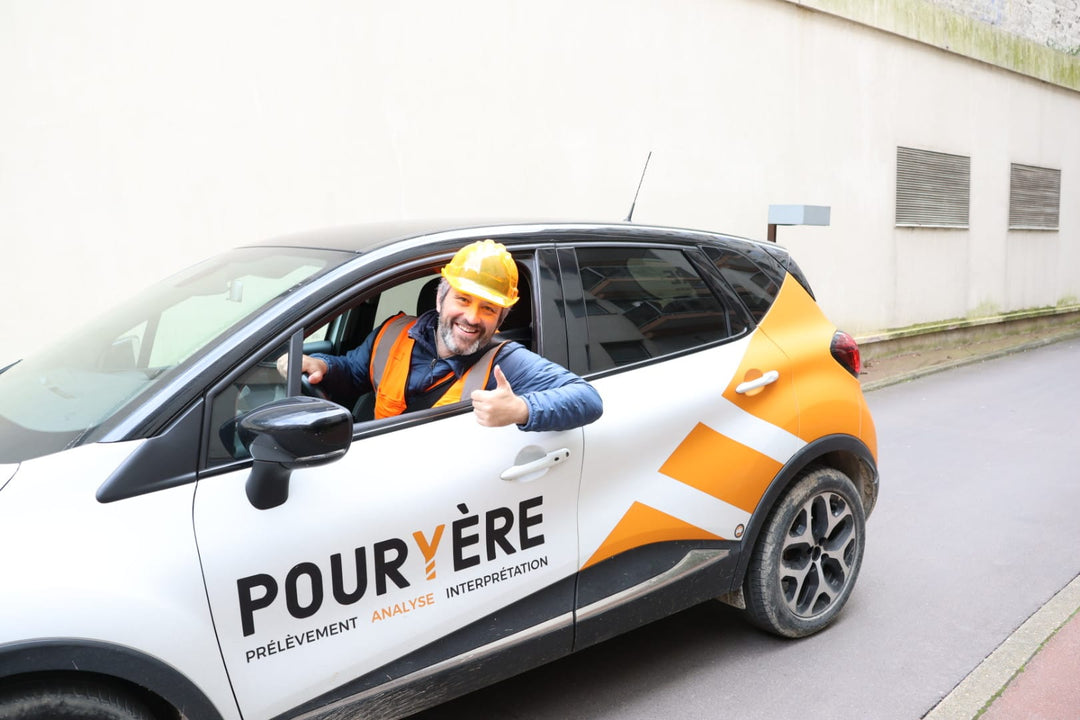
Expertise at your service
We specialize in the analysis and interpretation of soil and construction waste. With many years of experience in construction waste management, we aim to address market challenges:
- Facilitate access to rapid analyses, with the aim of minimizing constraints linked to detected pollution;
- Provide quality services by guiding you on the best approach to recovering and treating pollutants.
- Interpretation of the results and advice so that you can monitor your projects in the best possible conditions.
With our team of polluted site and soil engineers, agronomists and qualified technicians, we are able to guide you on the number of analyses to be carried out on each of your projects.
FINDINGS
State zero
The ground zero state of the soil is essential to know its initial characteristics, prevent disputes, comply with regulations and plan possible remediation actions in the face of soil pollutants .
A zinc factory is the victim of a fire. How can it be proven that zinc concentrations in neighboring gardens are directly related if there is no zero state for soil pollutants ?
Lack of common threshold
There are no common thresholds for soil pollutants in Europe, with each country having its own criteria.
Harmonisation of thresholds would ensure better protection of the environment and populations, by imposing clear and universal rules in the management of soil pollutants and human interactions with the soil.
Environmental expertise accessible to all.
Initially specialized in the analysis and interpretation of earth , water , concrete and asphalt On construction sites, we found that soil pollutants and these environmental issues did not only concern professionals.
Today, our mission is to make knowledge of soils and soil pollutants accessible to individuals.
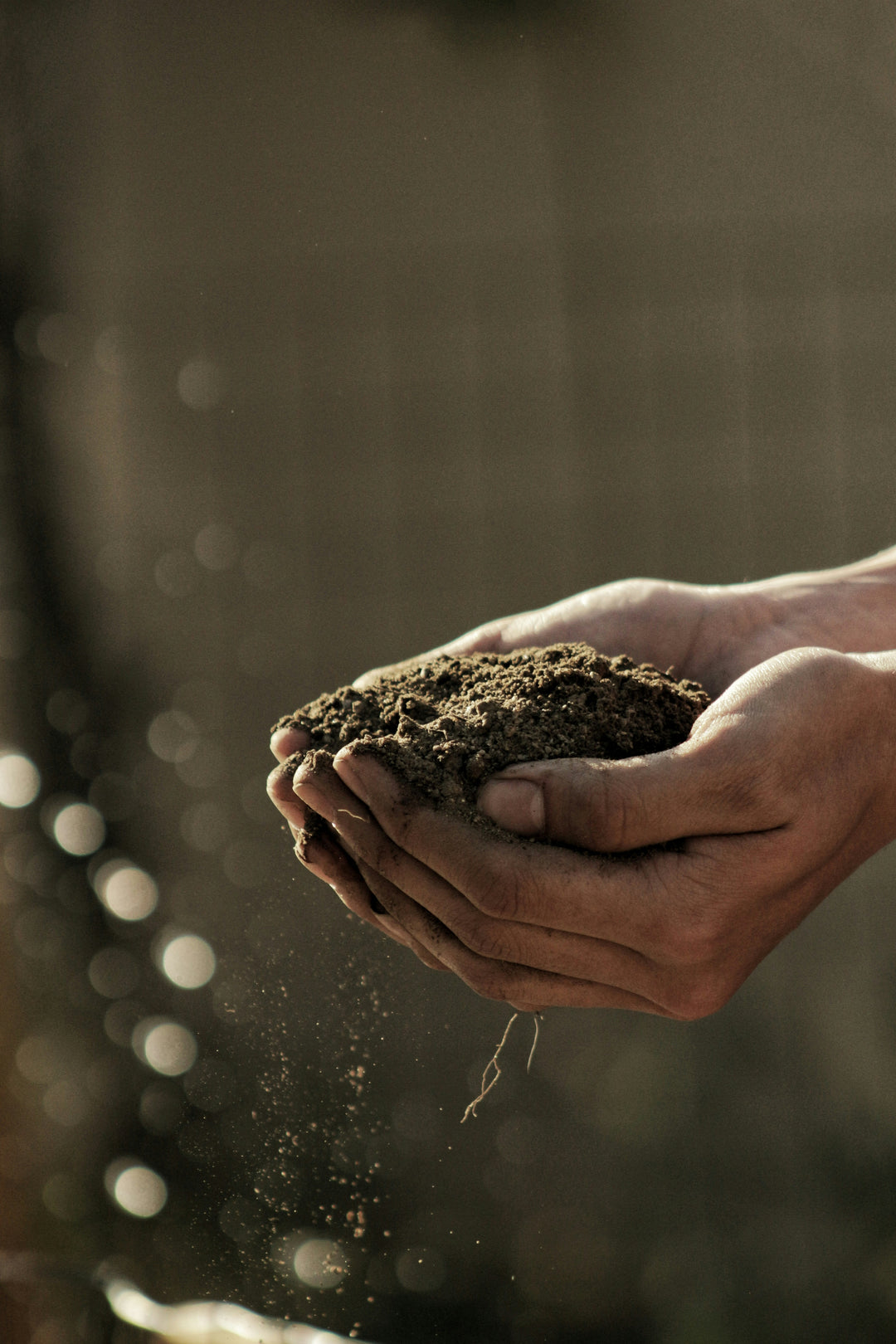
Frequently Asked Questions
Soils can be contaminated by various pollutants, including:
- Heavy metals : such as lead, mercury, cadmium and arsenic.
- Polycyclic aromatic hydrocarbons ( PAHs ) : resulting from the incomplete combustion of organic matter.
- Polychlorinated biphenyls ( PCBs ) : formerly used in electrical equipment.
- Total Hydrocarbons ( THC ) : from oil spills and its derivatives.
- Volatile organic compounds ( BTEX ) : including benzene, toluene, ethylbenzene and xylenes.
These contaminants can come from various sources, such as industrial activities, accidental spills or the use of pesticides.
A soil pollution diagnosis is essential for:
- Prevent environmental risks : by identifying pollutants before any development.
- Ensure legal compliance : by respecting current regulations and avoiding sanctions.
- Reduce costs : by limiting expenses related to late pollution management.
- Add value to a property : by offering clean and secure land to buyers or investors.
Soil pollutants can have serious health consequences, including:
- Neurological disorders caused by exposure to heavy metals (lead, mercury).
- Respiratory illnesses linked to the inhalation of contaminated particles.
- Carcinogenic risks, particularly with polycyclic aromatic hydrocarbons ( PAHs ) and polychlorinated biphenyls ( PCBs ).
- Hormonal imbalances caused by certain endocrine disruptors present in contaminated soil.
Decontamination techniques vary depending on the nature of the pollutants and the degree of contamination:
- Containment : Isolate contaminated soils to prevent the dispersion of pollutants.
- Bioremediation : Using bacteria or plants to naturally degrade pollutants.
- Soil washing : Extraction of pollutants by chemical or physical treatment.
- Excavation : Removal and treatment of polluted soil off-site.
A soil may be suspected of pollution if it presents:
- An industrial or agricultural history with the use of chemicals.
- Unusual odors (hydrocarbons, solvents).
- Abnormal coloring or the presence of chemical residues.
- Visible effects on vegetation (abnormal growth, dead zones).
In these cases, it is recommended to carry out a soil analysis to confirm or rule out the presence of pollutants.



